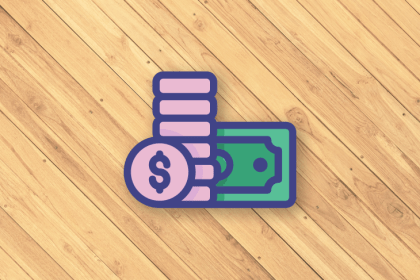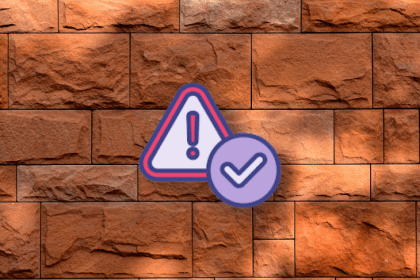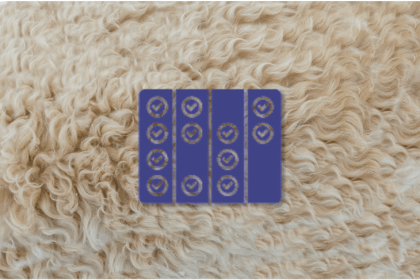
Although creating a packaging strategy matrix is a complex and time-consuming endeavor, small improvements in your packaging strategy can make a significant impact on your product performance and bottom line.

Banner blindness is an increasingly common phenomenon in digital product design and can impact how you advertise products and services.

A reverse trial puts a full version of the product in front of the user upfront and then takes away features unless they agree to pay more.

A few tactics can help you make the whole interview experience smoother while maximizing your chances of getting that dream UX role.

Outcomes are not built equal. There are various types of outcomes and the word outcome might even mean different things in different contexts.

There are numerous UX design certificates out there, but which ones deliver the value you need to boost your career? Find out here.

Bugs are, in essence, items that occupy your product backlog. They require constant revision, attention, and prioritization.

An opportunity solution tree is a visualization tool designed to help product teams determine the best path to achieve a desired outcome.

There are numerous design specializations, but what’s the actual difference between a UX and a UI designer?

A Kanban visualizes work and work status to create transparency between development teams and the rest of the organization.

It’s way too common for product managers to try to fight churn without understanding what type of churn they’re dealing with.

The world of digital design is full of UX dark patterns, but they can pose serious harm to the business in the long run.